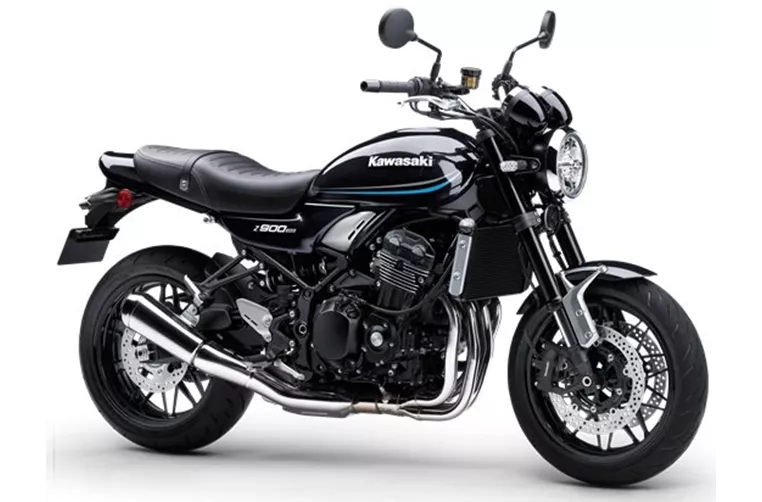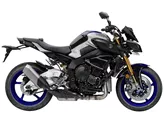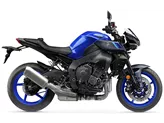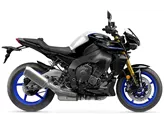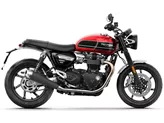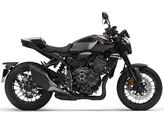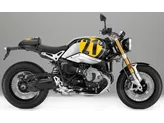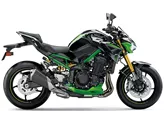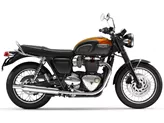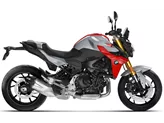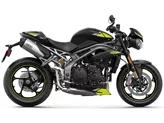Yamaha MT-10 SP 2019 vs. Kawasaki Z900 RS 2022

Yamaha MT-10 SP 2019
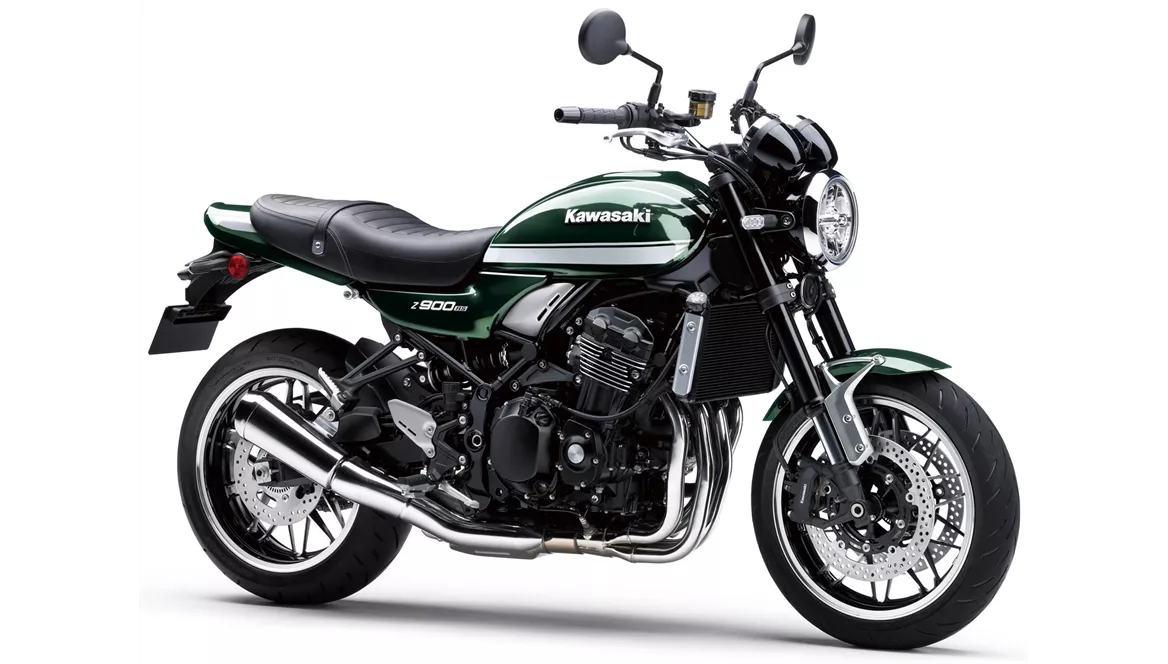
Kawasaki Z900 RS 2022
Overview - Yamaha MT-10 SP 2019 vs Kawasaki Z900 RS 2022
The Yamaha MT-10 SP 2019 and the Kawasaki Z900 RS 2022 are both naked bikes with similar engine types, inline four-cylinder engines. However, there are several differences between the two models.
In terms of engine power, the Yamaha MT-10 SP 2019 has a higher output with 160 HP compared to the Kawasaki Z900 RS 2022's 111 HP. The Yamaha also has more torque with 111 Nm compared to the Kawasaki's 98.6 Nm. This means that the Yamaha offers more power and acceleration, making it potentially more exciting to ride.
Both bikes have fuel injection systems and liquid cooling, ensuring efficient and reliable performance. The Yamaha has a larger displacement at 998 ccm compared to the Kawasaki's 948 ccm, which may contribute to its higher power output.
In terms of suspension, both bikes feature upside-down telescopic forks at the front and swing arm suspensions at the rear. The Yamaha offers more adjustability with compression, preload, and rebound adjustments for both the front and rear suspensions. The Kawasaki only offers preload and rebound adjustments for the rear suspension. Both bikes have aluminum shock absorbers, but the Yamaha's rear suspension is made of aluminum, which may contribute to its lighter weight.

Yamaha MT-10 SP 2019
The chassis of the Yamaha MT-10 SP 2019 is made of aluminum and has a Deltabox frame, which is known for its strength and rigidity. On the other hand, the Kawasaki Z900 RS 2022 has a steel frame with a tubular design. While both frames are durable, the aluminum frame of the Yamaha may contribute to its lighter weight and potentially better handling.
In terms of braking, both bikes have double disc brakes at the front. The Yamaha's front brakes have a larger diameter at 320 mm compared to the Kawasaki's 300 mm. This may provide the Yamaha with better stopping power. Both bikes also have ABS for added safety.
In terms of advanced rider assistance systems, the Yamaha offers more features. It has electronically adjustable suspension, riding modes, ride by wire, and traction control. The Kawasaki only has ABS and traction control.
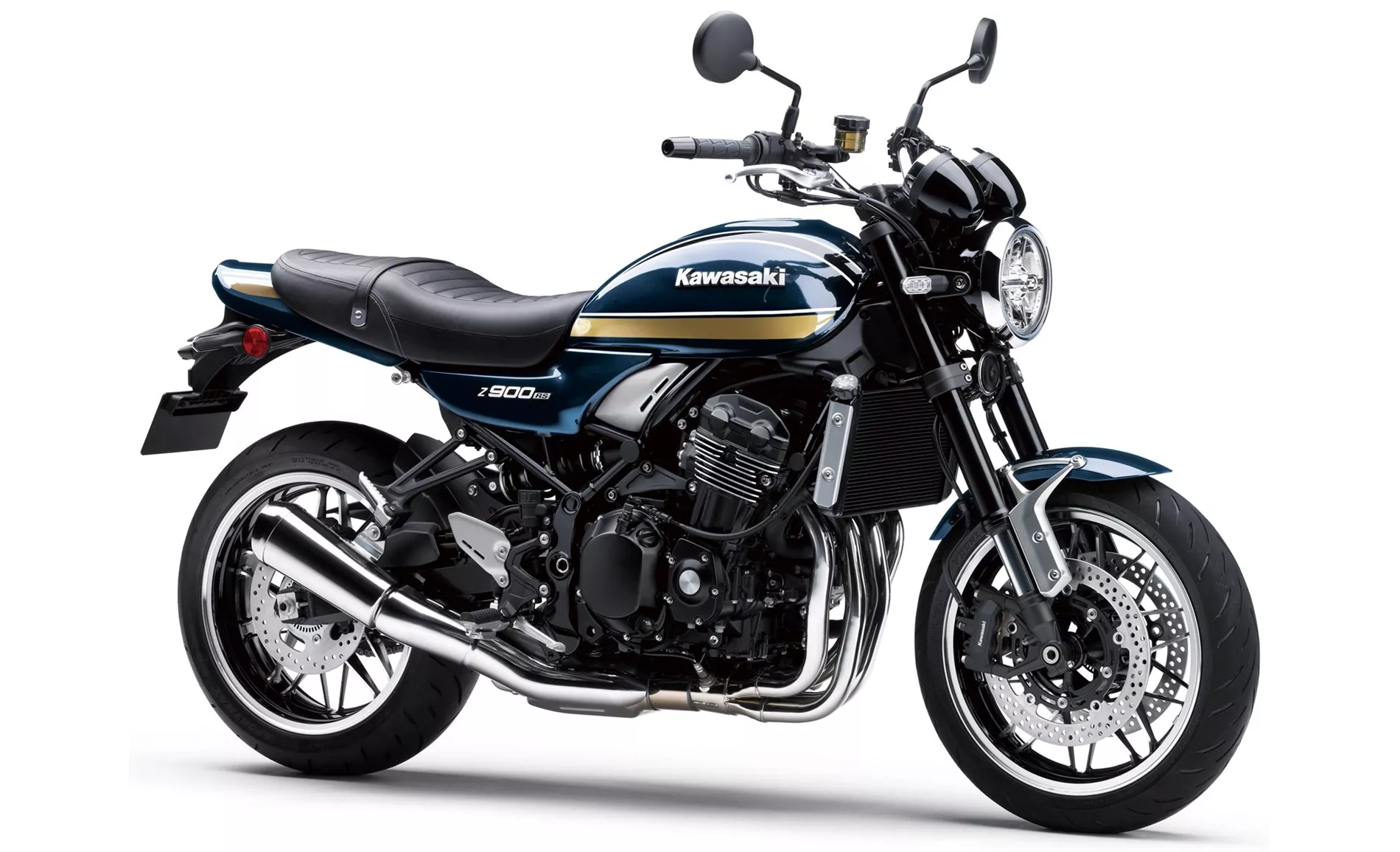
Kawasaki Z900 RS 2022
Both bikes have similar front and rear tire dimensions, with the Yamaha having a slightly wider rear tire at 190 mm compared to the Kawasaki's 180 mm. The Yamaha also has a slightly shorter wheelbase at 1400 mm compared to the Kawasaki's 1470 mm. The seat height of the Yamaha is slightly lower at 825 mm compared to the Kawasaki's 835 mm. Both bikes have a fuel tank capacity of 17 liters.
In terms of strengths, the Yamaha MT-10 SP 2019 is praised for its unconventional sound, high-quality chassis and suspension, pleasant wind protection, surprisingly comfortable seating position, and great engine response. On the other hand, the Kawasaki Z900 RS 2022 is praised for its beautiful design, powerful engine, stable handling, powerful brake, comfortable seating position, analogue displays, and adjustable levers.
In terms of weaknesses, the Yamaha MT-10 SP 2019 lacks traction control with a gyro sensor, which would be beneficial for serious racetrack use. The shift assistant on the Yamaha is also not flawless. Additionally, the Yamaha has a high price. The Kawasaki Z900 RS 2022 does not have an optional quickshifter available.
Overall, both the Yamaha MT-10 SP 2019 and the Kawasaki Z900 RS 2022 have their own strengths and weaknesses. The Yamaha offers more power, adjustability, and advanced rider assistance systems, while the Kawasaki has a beautiful design and comfortable features. Ultimately, the choice between the two models will depend on the rider's preferences and priorities.
Technical Specifications Yamaha MT-10 SP 2019 compared to Kawasaki Z900 RS 2022
Pros and Cons in comparison
Pros and Cons in comparison
Yamaha MT-10 SP 2019

The Yamaha MT-10 SP inspires with a high degree of perfection combined with a truckload of emotion. Rarely do Japanese manufacturers succeed in penetrating so deeply into the domain of Europeans. The bike rides very nastily when needed, but can also be used quite civilly in city traffic. On top of that, the electronically adjustable Öhlins suspension offers a lot of riding comfort. All in all, an outstanding all-rounder that can do much more than just look bad.
Kawasaki Z900 RS 2022
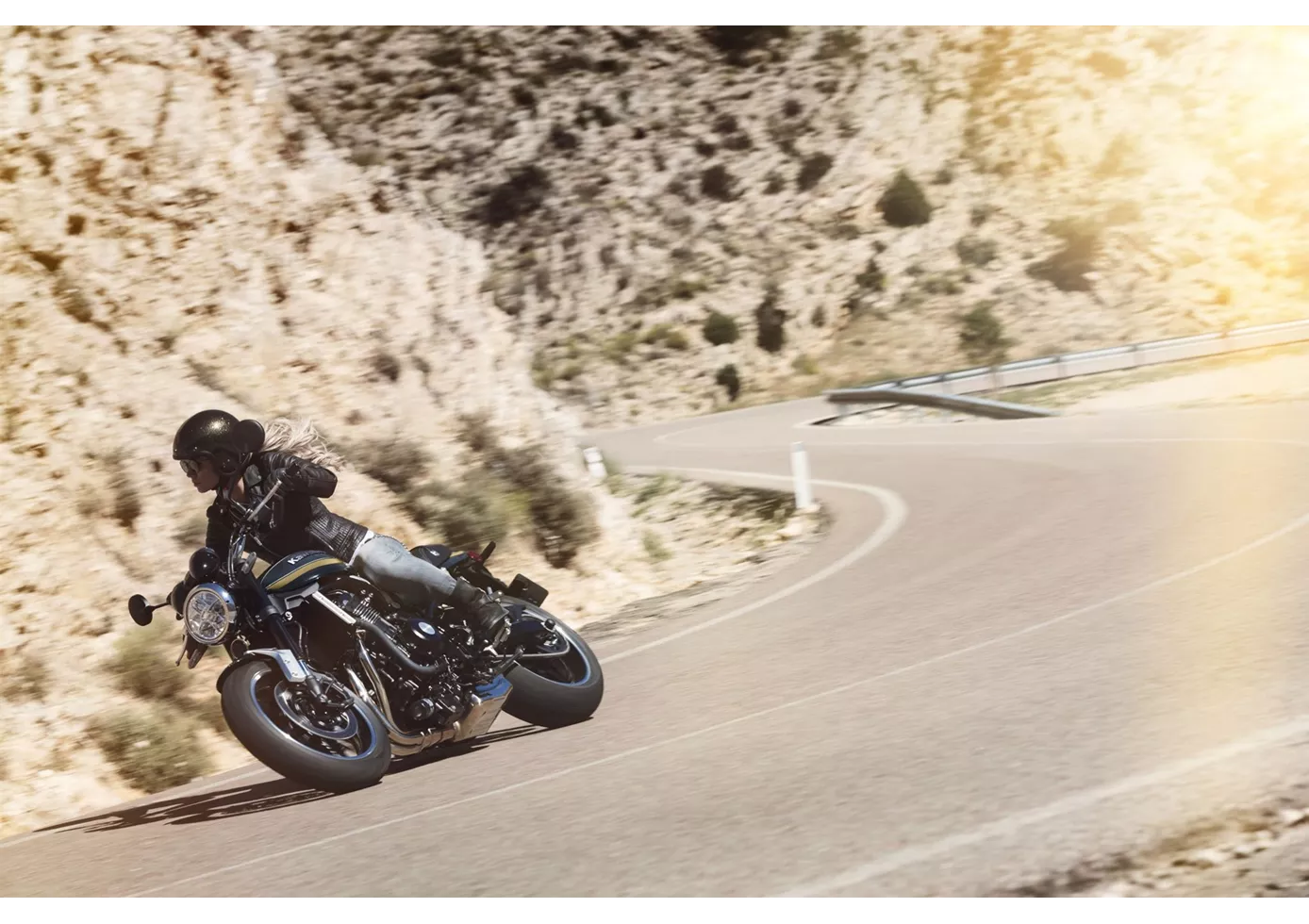
The Z900 RS enjoys a large fan base and in 2022 it once again proves why it is so popular. The powerful engine scores with pulling power and a wonderful sound that is not too obtrusive. The handling feels natural and presents no challenges. Only a quickshifter would suit the bike - even if that doesn't quite fit the retro idea.
Price Comparison Avarage Market Price Yamaha MT-10 SP vs Kawasaki Z900 RS
There are a few key differences between a Yamaha MT-10 SP 2019 and a Kawasaki Z900 RS 2022. It takes less time to sell a Yamaha MT-10 SP with 92 days compared to 127 days for a Kawasaki Z900 RS. Since model year 2017 1000PS.de editors have written 18 reviews for the Yamaha MT-10 SP and 26 reviews for the Kawasaki Z900 RS since model year 2018. The first review for the Yamaha MT-10 SP was published on 04/10/2016 and now has more than 28,600 views. This compares to more than 63,700 views for the first review on Kawasaki Z900 RS published on 06/09/2017.

